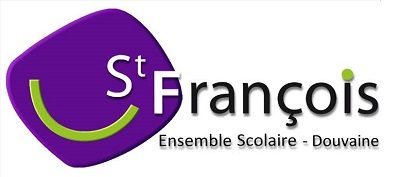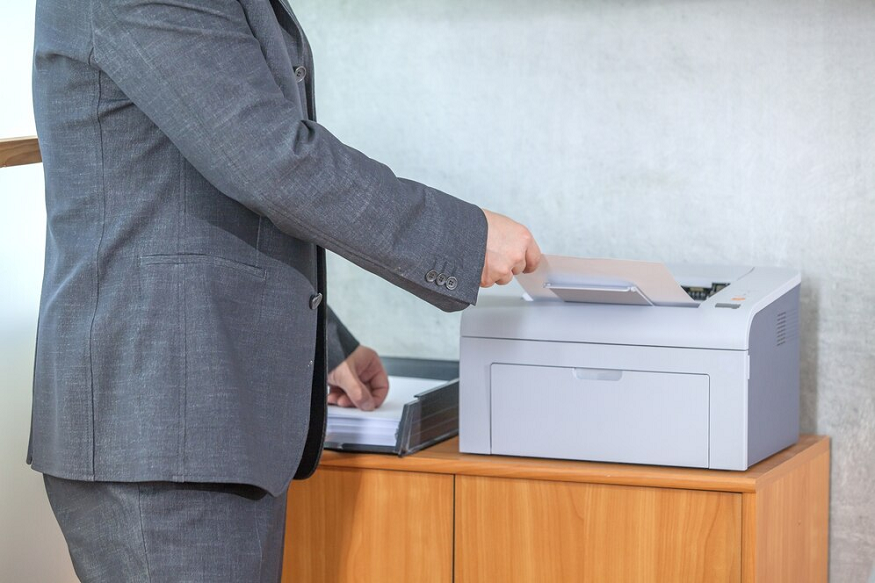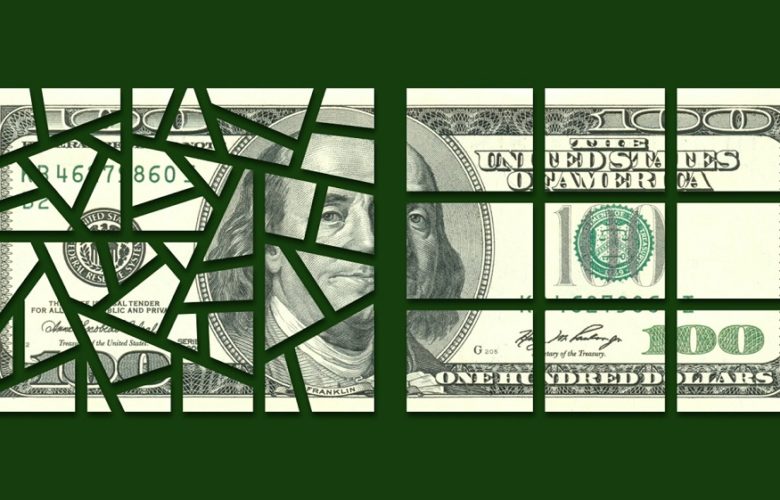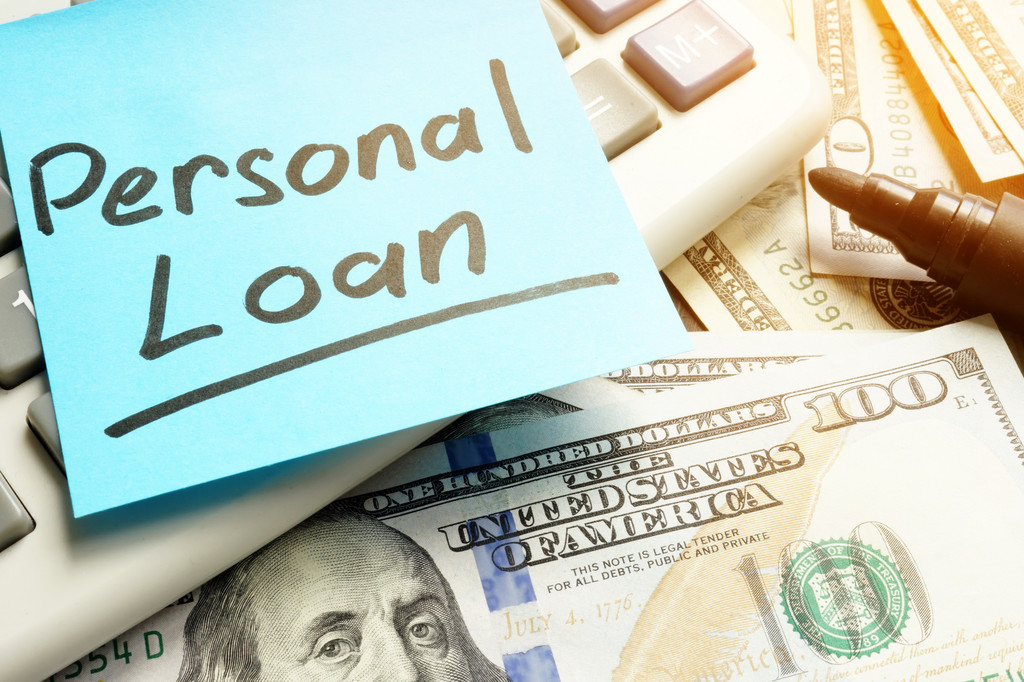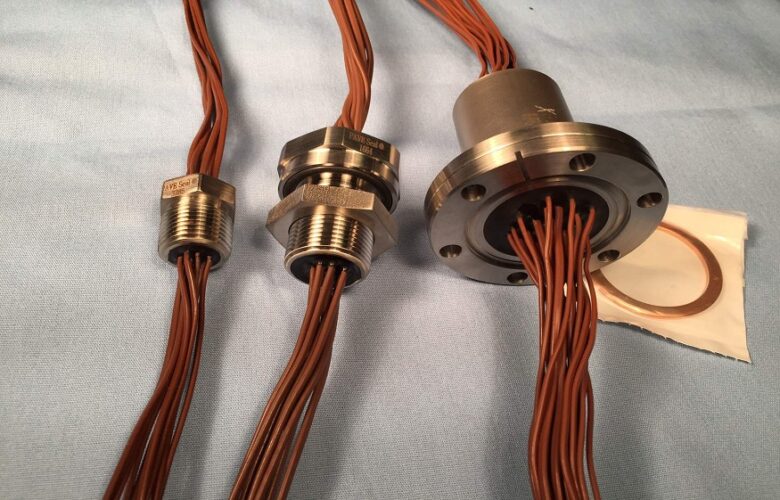In today’s fast-paced business world, flexibility is everything, including how you manage your office equipment. If you’re not ready to commit to the high upfront cost of purchasing a printer, renting a printer might be more brilliant. Whether you’re a startup, a school, or an established company looking to streamline costs, renting a printer can offer both short-term flexibility and long-term savings.
But before you sign any agreements, there are key things you should understand to make the right choice. Here’s everything you need to know before you rent a printer.
Why Businesses Are Choosing to Rent Printers
According to Fortune Business Insights, the global managed print services market, which includes printer rentals and leasing, is expected to grow from $31.5 billion in 2023 to $50.7 billion by 2030. More businesses are shifting from ownership to subscription-based models, and printers are no exception.
Here’s why companies opt to rent:
- Lower upfront costs – No need to invest thousands in buying a machine.
- Maintenance included – Most rental contracts cover servicing and repairs.
- Easy upgrades – Stay current with the latest technology without buying new hardware every few years.
- Flexible terms – Short- or long-term options let you scale as needed.
Key Considerations Before You Rent a Printer
- Understand Your Printing Needs
Start by evaluating your volume and usage. Ask yourself:
- How many pages do we print monthly?
- Do we need color, black & white, or both?
- Is high-speed printing essential?
- What about features like scanning, faxing, or duplex printing?
If your office prints less than 1,000 pages a month, a basic multifunction printer (MFP) might do the trick. But if you’re printing over 10,000 pages a month, you’ll need a heavy-duty commercial model.
2. Choose the Right Type of Printer
There’s no one-size-fits-all solution. Your options generally include:
- Inkjet Printers – Ideal for small teams or occasional color printing.
- Laser Printers – Best for high-volume, text-heavy documents.
- Multifunction Printers (MFPs) – Combines printing, copying, scanning, and faxing in one device.
- Wide Format Printers – Great for architecture, engineering, and design firms.
Make sure the model you choose supports the documents you print most often.
3. Know What’s Included in the Rental Agreement
Not all printer rental contracts are created equal. Here’s what you should look for:
- Rental term – Is it monthly, quarterly, or annual?
- Maintenance and Support – Are repairs and servicing covered?
- Supply inclusion – Does the contract include toner, ink, or paper?
- Page limits – Are you charged extra for reviewing a set number of prints?
Some contracts include a “cost-per-page” billing model, which can be beneficial for tracking usage and controlling costs.
4. Compare Pricing Models
Pricing to rent a printer typically ranges from $25/month for a basic office printer to over $500/month for a high-end enterprise model. Don’t just go for the cheapest offer — consider long-term value, hidden fees, and service reliability.
Example: A printer rental for a small office might cost $60/month with 2,000 included pages and free maintenance. Compare that to purchasing the same model outright for $2,000 plus recurring ink, paper, and repair costs.
5. Check the Service Level Agreement (SLA)
The SLA defines the provider’s responsibilities and expectations. Key things to check:
- Response time – How quickly will they respond to a service call?
- Replacement policy – What happens if the printer breaks down completely?
- Downtime guarantee – Will you be compensated if the machine is out of service?
Reliable support can make or break your rental experience, so don’t overlook the fine print.
Benefits of Renting a Printer
Here’s a quick overview of the significant advantages:
Benefit Description
Cost-Efficiency Avoid high capital expenditure, and spread costs monthly.
Maintenance Coverage Most rental plans include tech support and replacement parts.
Scalability Add more machines or upgrade models as your needs grow.
Tax Advantages Rental costs are typically fully tax-deductible as business expenses.
Common Industries That Rent Printers
While printer rentals are prevalent across all sectors, some industries benefit the most:
- Education – Schools often need seasonal printing for exams, handouts, and forms.
- Legal – High-volume document printing for case files and evidence.
- Healthcare – Secure printing for patient records and prescriptions.
- Construction & Design – Wide-format printers for plans and blueprints.
Final Thoughts
Renting a printer means choosing ability, scalability, and cost efficiency, but it’s not a decision to take lightly. Assess your needs carefully, read the terms closely, and choose a provider that prioritizes support and transparency.
With the right approach, printer rental can be a strategic advantage that helps your business grow without the burden of ownership.
